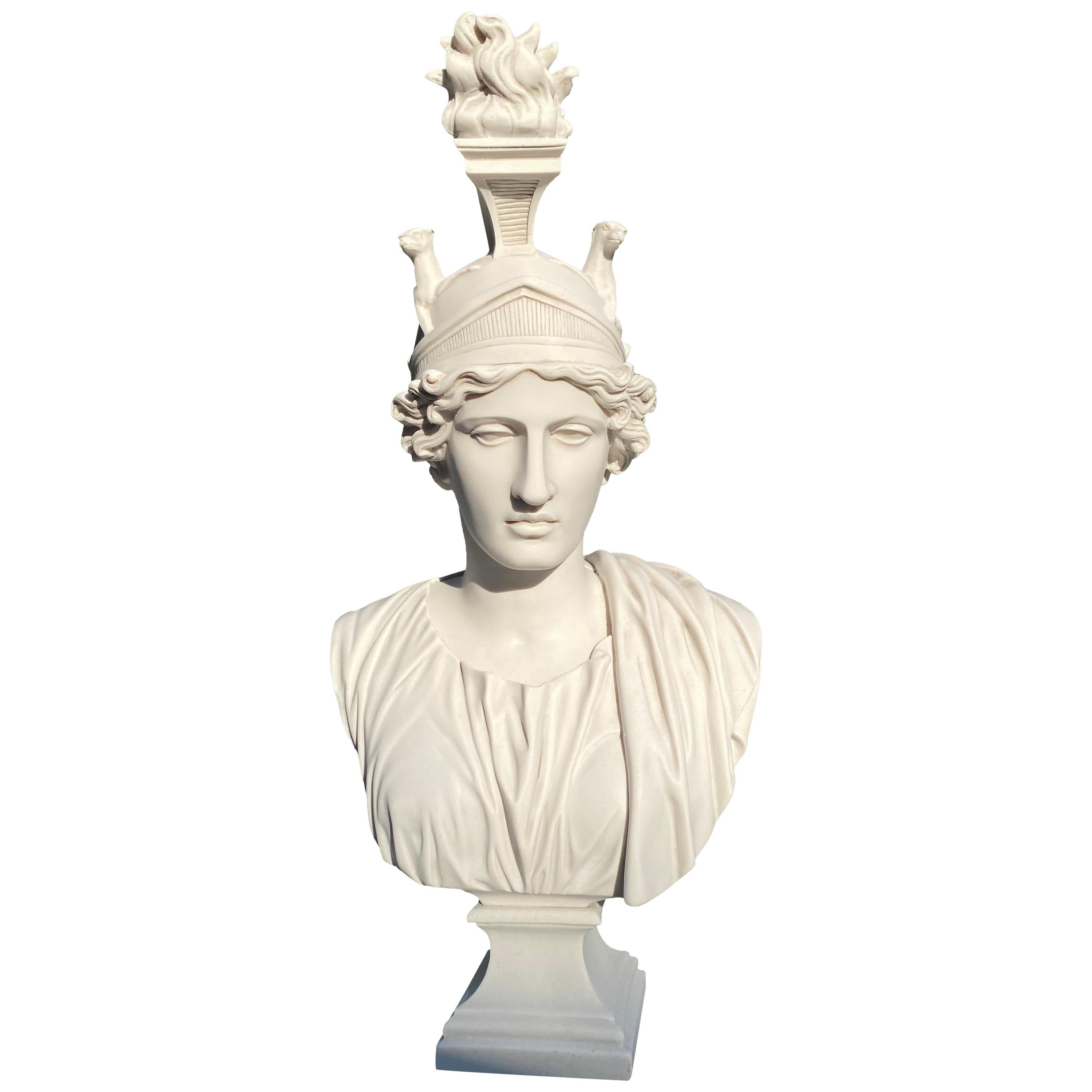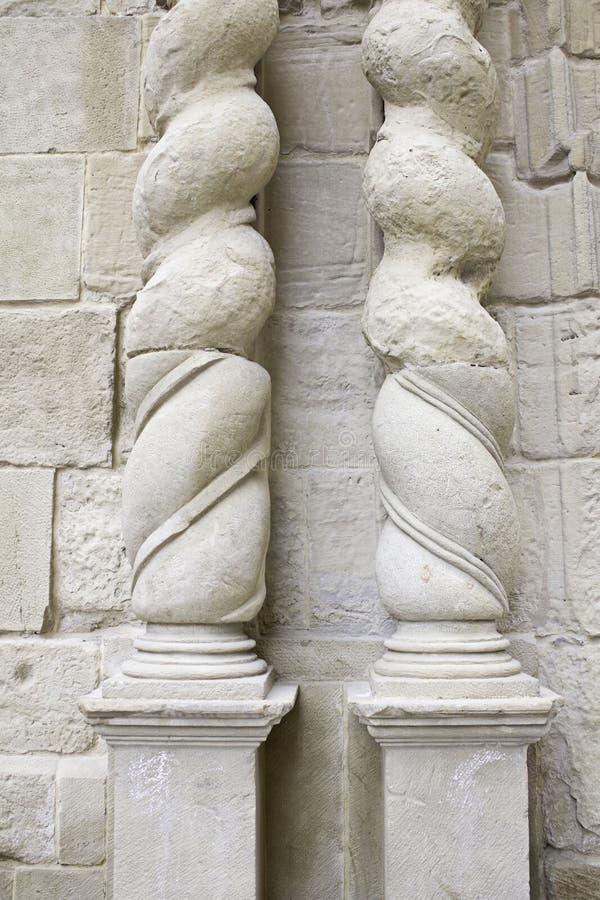

Yet that similarity did not extend across the new classical scene, rather the particular inspiration that the above composers chose was modified and developed so as to make any comparison between say Saint-Saens and Debussy much more tendentious. Messing technical analysis of the musicological comparisons between the work of these new classical French composers and their classical counterparts reveals a rhythmic and structural similarity. Messing then explicates the role that composers such as Saint-Saens, Debussy and Ravel whose interests in composers before Beethoven such as Mozart, Bach, Handel and even earlier such as the work of the Couperin family played out in some of their compositions. Thus, the neoclassical style in music was more correctly labeled at the time Nouveau Classicisme. However, the original use of the word "neoclassicism" did not refer to originally to a reaction to the German Romantics, but a somewhat derisive term to refer to writers and other artists, who parroted Greek and Roman themes as a kind of sterile, lifeless, pastiche-rather than a reinvigoration of the classical spirit that perhaps one might envision such a term connoting.


Namely, the music of Wagner was perceived by a growing number in France as, decadent and unduly romantic. That is, Neoclassicism represents a way of viewing music history as a reaction to the contemporary trends in fin-de-sicle France that regarded the current musical trajectory as one that was defined for the most part by German musical historical conceptions and aesthetic trends. Rather than a style of composition, the term initially referred to a conception or reaction to a musical historical event. Neoclassicism as a musical term was not coined until sometime after its supposed development began.


 0 kommentar(er)
0 kommentar(er)
